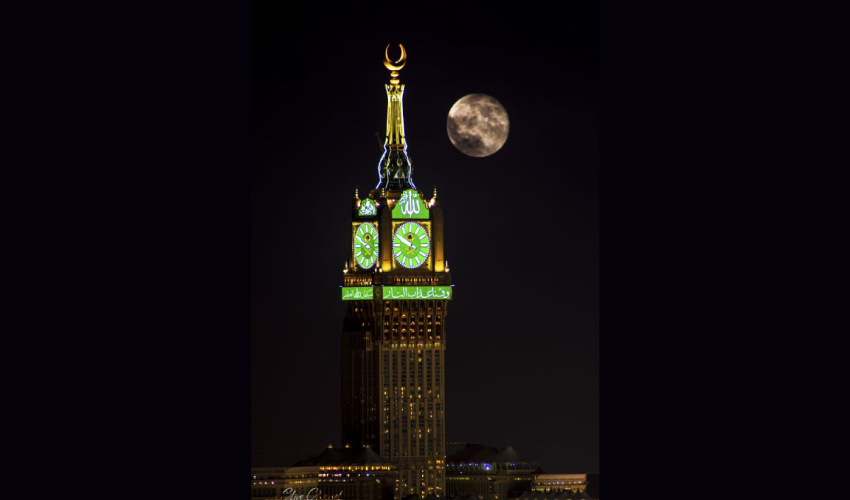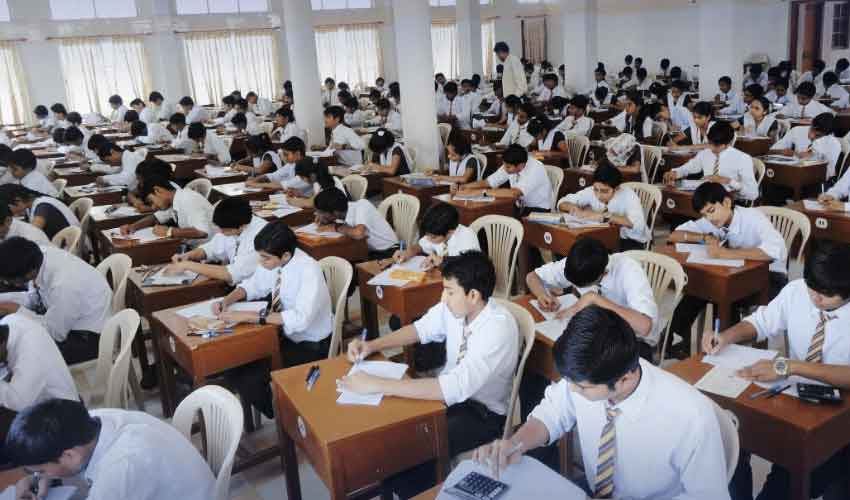Saudi Arabia has officially endorsed the use of the Gregorian calendar for all governmental matters. This decision was reached during a cabinet meeting held on Tuesday, presided over by Saudi Crown Prince and Prime Minister Mohammad bin Salman.
The Council of Ministers has unanimously agreed to adopt the Gregorian calendar for measuring time in all official procedures and transactions.
However, specific exceptions will apply when dealing with durations related to Islamic Sharia rulings based on calculations from the lunar Hijri calendar or when there is an explicit requirement to use the Hijri calendar for calculating time periods.
Back in 2012, Saudi Arabia had imposed a ban on the use of the Gregorian calendar in official dealings by both government and private agencies.
During that period, all ministries, and organizations were obligated to adhere strictly to Hijri dates and the Arabic language. Nevertheless, they were permitted to refer to the Gregorian calendar as long as it was connected to the corresponding Hijri date.
In recent years, Saudi Arabia has undergone substantial socio-economic transformations.
The nation is now home to a sizable community of foreign workers which reflects its increasing global integration.
In May, the Saudi General Authority for Statistics, relying on a recent census, reported that the total population of the kingdom stood at 32.2 million with foreigners constituting approximately 41.5%, or 13.4 million individuals.
Among the foreign nationals in Saudi Arabia, Asian citizens from three particular countries make up more than 42% of the total foreign population as indicated by the census data.
Leading the list are Bangladeshi nationals, accounting for 15.08% of the overall expatriate population in Saudi Arabia with a total of 2.1 million. They are followed by Indians, numbering 1.88 million, and Pakistanis, with 1.81 million residents.
Yemenis rank fourth among expatriate communities with 1.8 million, while Egyptians and Sudanese follow closely with 1.4 million and 819,000, respectively.
Filipinos and Syrians also contribute significantly to the foreign population, with 725,000 and 449,000 residents, respectively.



























